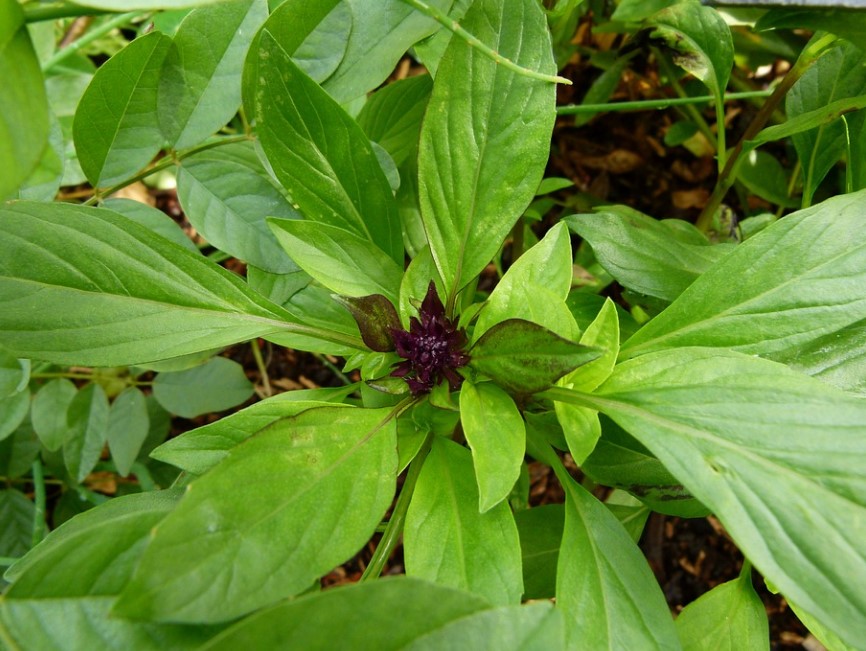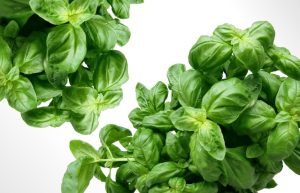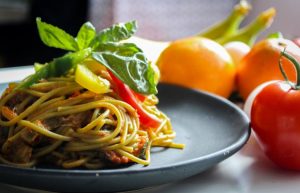
Basil is a popular herb that is widely used in different cuisines around the world. There are several varieties of basil, including Siam Queen Basil and Thai Basil. Although both have similar names, they differ in many ways, from their appearance to their taste and usage. In this article, we will explore the differences between Siam Queen Basil vs Thai Basil and discuss their distinct features, growth requirements, culinary uses, and more.
Appearance:
Siam Queen Basil and Thai Basil differ in their appearance. Thai basil leaves are smaller and more narrow than the larger, circular leaves of sweet basil. On the other hand, Siam Queen Basil has green foliage with attractive lavender flowers that make it a popular ornamental plant in addition to its culinary uses. The leaves of Siam Queen Basil are longer and wider than those of Thai Basil, with leaves that are 4 inches long and 2 inches wide.
Taste:
Siam Queen Basil and Thai Basil also differ in their taste. Thai basil has a spicy flavor with an anise or licorice-like taste. On the other hand, Thai Basil has a more mild, peppery, and sweet flavor. Thai Basil is commonly used as the main ingredient in Genovese-style pesto.
Usage:
Both Siam Queen Basil and Thai Basil are used in different cuisines, particularly Thai cuisine. Thai Basil is commonly used in stir-fries, soups, curries, and salads, while Siam Queen Basil is used for its culinary and ornamental qualities. Siam Queen Basil can be used to add flavor to different dishes, or as a decorative element in a flower bed or garden.
How to Grow:
Siam Queen Basil and Thai Basil are both easy to grow and require similar growing conditions. They need plenty of sunlight, fertile soil, and regular watering. However, Siam Queen Basil needs more space to grow, as it can reach up to 18 inches in height, while Thai Basil is usually shorter.
Steps to Grow:
To grow Siam Queen Basil or Thai Basil, follow these simple steps:
- Choose a sunny spot in your garden or grow them in a pot with well-draining soil.
- Plant the seeds or seedlings in spring, once the danger of frost has passed.
- Water the plants regularly, but avoid overwatering.
- Harvest the leaves as needed by pruning the stems.
What basil is closest to Thai basil?
there are a few different types of basil that can be used as substitutes for Thai basil. However, the closest in flavor and aroma to Thai basil is holy basil, which is also known as Ocimum tenuiflorum. Holy basil has a more peppery, clove flavor compared to the stronger licorice flavor of Thai basil. Another possible substitute is lemon basil, also called Lao basil.
Lemon basil is part of the same family as Thai basil and can be a good replacement when Thai basil is not available. However, it is not as spicy and peppery as holy basil.
It is worth noting that Thai basil is a type of tender perennial that grows best in warm, tropical climates in full sun with no frost exposure. Other types of basil include Italian basil, cinnamon basil, purple basil, Mexican basil, and Thai holy basil (aka Tulsi). Each of these has a unique flavor profile and may not be as similar to Thai basil as holy basil or lemon basil.











